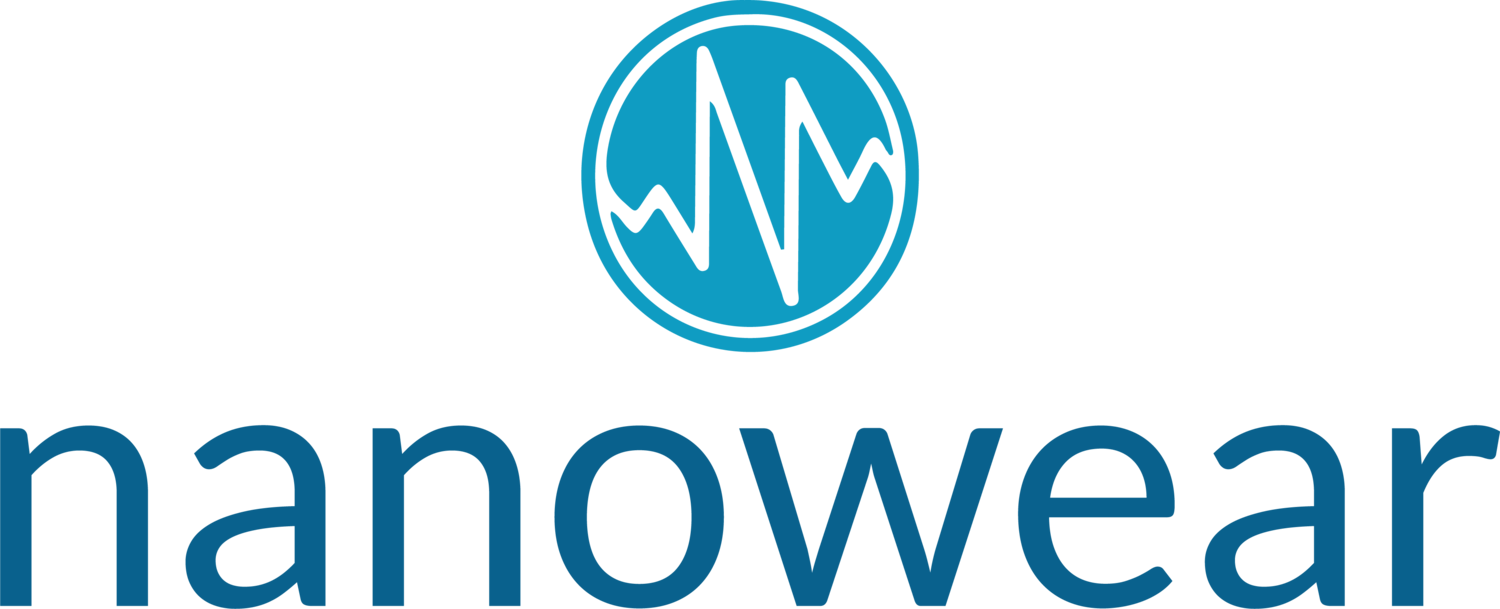Effectively Recovering with SimpleSense
Elective aesthetic surgery can often lead to complications and risk for patients. However, utilizing proper procedures before, during and post-surgery can help assist physicians properly diagnose, manage, and even prevent many common complications and improve patient outcomes.
Recently a paper was published in the Aesthetic Surgery Journal that highlighted the risk and subsequent guidelines created specifically for gluteal fat grafting. Gluteal Fat Grafting – often referred to as the “Brazilian Butt Lift” – was first documented in 1989, but the associated name was coined in 1996 by Leonard Grossman, a plastic surgeon from Queens, New York. In 2018 following several high-profile deaths a practice advisory was first issued around this procedure, followed by a second advisory in 2019. In 2021 a specific group was formed to identify new guidelines for patient safety, this group was comprised of many experts and board-certified doctors.
In this paper, Dr. Del Vecchio and Dr. Kenkel mention the need for early detection technology to assist doctors and allow them to intervene earlier when complications arise. Nanowear Inc. is mentioned as a company that provides a continuous monitor to record patient vital signs with our SimpleSense™ platform. Utilizing this remote hospital-at-home platform, the authors of the paper conducted a study to measure a wide range of hemodynamic responses in a post-surgical recovery use case. They conclude that “such monitoring may be beneficial to all patients who undergo liposuction and BBL and may improve outcomes for patients”.
To read more about the use of SimpleSense for post-surgical monitoring for please click here to read the full study.
We are honored to be mentioned in this article and study as a successful platform to identify patient issues and bring hospital grade monitoring into patients’ homes. All of us at Nanowear look forward to more cases such as these where we can bridge the gap in healthcare and continue to use our platform to keep patients safer, healthier, and more connected with their doctors.

